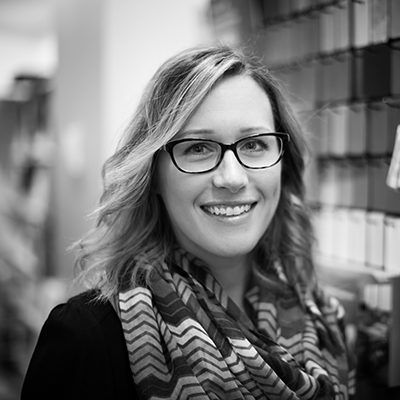
Peabody Office, along with Inscape Office Solutions hosted an informative dialogue about the ever-changing face of workplace design – specifically the open office. Presenter Jamie Feuerborn examined the voyage that many companies embark upon when they look to redesign, renew and get current. The discussion raised questions such as, have we gone too far with open workplace design? Where is it lacking? Finally, what is next?
At PAYETTE, we have several clients who are in the midst of drastically changing the way that they work. Whether a client transitions from closed offices to open workstations; moving into the city, telecommuting or any other meaningful change to the way people work, we, as designers, are an important tool in managing this process.
Any new office space must support the office culture and balance the need for collaboration versus the need for individual identity. Open offices not only foster collaboration, but they are also a way for a company to grow while minimizing leased space. No one dreams of a sea of workstations, however, it is extremely cost efficient. Early in the process, the positives and negatives should be identified: what are you taking away (personal work space) versus what you are giving in return (collaboration space, a fancy kitchen, foosball, comfy chairs etc). Everyone should have the mindset that today, in 2013, people can work almost anywhere and if someone is sitting in the company café they are, most likely, doing work and not slacking off.
An interesting challenge that Jaime brought up was for designers and managers to put on their mind-reader hats and identify two distinct groups of people: those who will aid in the process – the “champions” and those who will resist, at all costs, anything new – the “cave dwellers.” By identifying a “champion” early on, positive buzz can promote this change before fear and reservation set in. For humans, fear of the unknown often takes over and makes even a small change seem incomprehensible. The “champion” can help with that. The “cave dwellers” will, most likely, never change … ever … and that is okay.



Finally, it is important to point out that the design of the work environment will be a hot topic for years and will continue to evolve, never following a linear path. Studies suggest that in 10-20 years, the term “office” will be less of a daily destination and more of an infrequently visited space. We will experience excellent solutions along with speed bumps, but these bumps will inform future decisions and can always be modified. That is the beauty of design – it is malleable.
Check out Jamie’s blog for more insight into the changing landscape that is workplace design.


